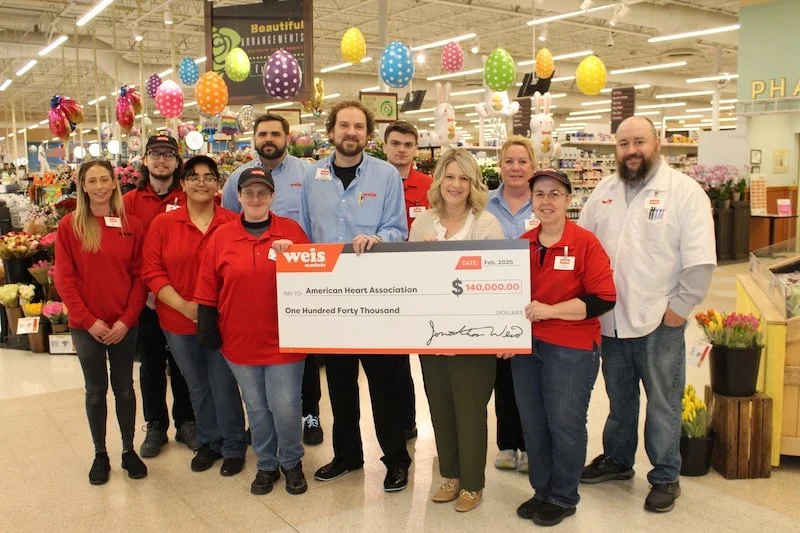Self-ordering kiosks all the rage at quick service restaurants
The market for self-ordering kiosks is booming, with various restaurant operators deploying the technology. As of June 2019, there were 135,000 installations globally, according to RBR.
McDonald’s is by far the world’s largest player here, with nearly 70,000 units installed. Other global QSR chains are following suit, with Burger King and KFC having made progress in selected countries.
The USA is the largest market for the technology, which allows fully self-service ordering including selection and payment, with around 40% of worldwide installations. Alongside global giants, domestic chains have also introduced kiosks, with Panera Bread using a tablet-based solution since 2012.
Self-ordering kiosks are also well-established in Europe, with the UK and France the largest markets. Asia is more of a mixed picture, with mainly global QSR chains leading deployment in China. In other countries, such as South Korea and the Philippines, it is local operators that have invested most in the technology.
Diebold Nixdorf is the largest self-ordering kiosk supplier in the world, with 19% of installations. The company’s biggest customer is McDonald’s, installing 25,000 of its terminals. In second place is Acrelec, in which Japanese cash technology specialist Glory recently acquired an 80% stake.
Verifone is the third largest supplier, thanks to its acquisition of kiosk supplier Zivelo in the summer of 2019. Fellow American companies Elo and Lilitab round out the top five vendors. Other major players include Evoke from the UK, Australia’s Coates Group and Chinese vendor Taiyun, all of which count McDonald’s as a customer in their home markets.
Alan Burt, who led RBR’s research, comments: “Demand for self-ordering kiosks will remain high in coming years; this win-win technology fulfils consumers’ expectations of a quick and easy dining experience while allowing restaurant operators to reduce costs and increase ticket size.”










Continue reading…